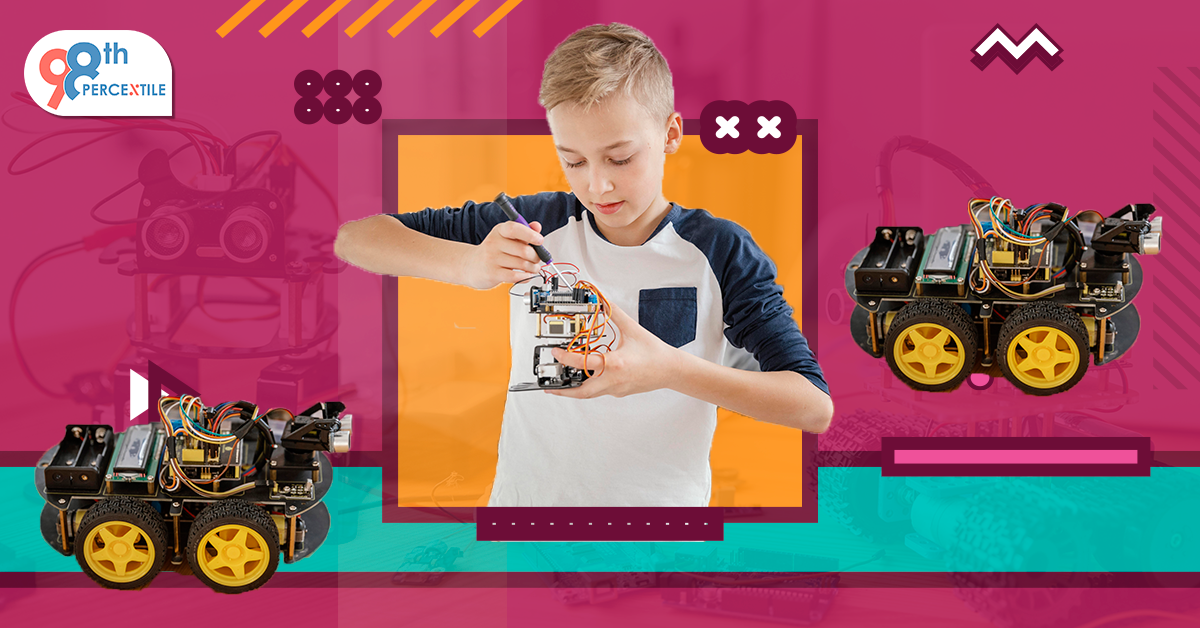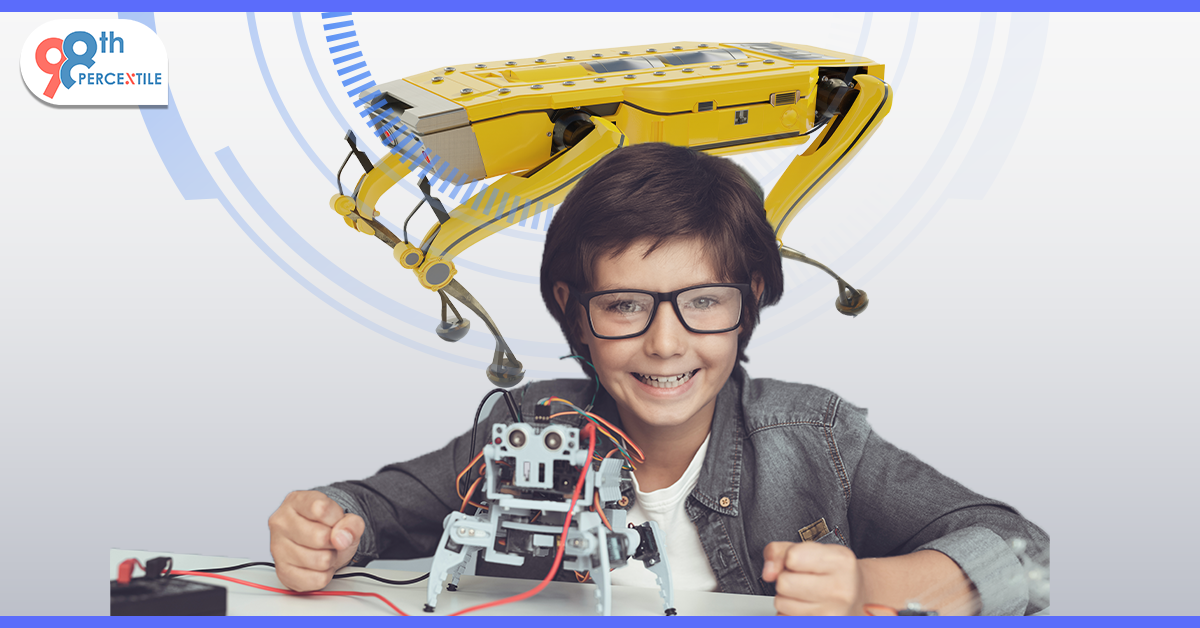Creating a conducive environment for learning and exploration is crucial when introducing children to robotics. A well-organized and equipped workspace can significantly enhance the learning experience, making it easier for young enthusiasts to dive into projects with focus and creativity. Here’s a guide on how to set up an effective robotics workspace for kids, ensuring a safe, organized, and inspiring environment.
Choose the Right Location
- Space Requirements: Opt for a space that is spacious enough to accommodate various projects but cozy enough to feel accessible and manageable. A corner of a room or a dedicated table in a quiet area can work well.
- Lighting: Good lighting is essential to prevent eye strain and make it easier to work on small components. Natural light is ideal, but if that’s not possible, ensure there are plenty of bright, overhead lights or a good quality desk lamp.
Begin Your Child's Coding Adventure Now!
Organize the Workspace
- Storage Solutions: Use bins, boxes, or drawer organizers to store parts and tools. Labeling storage containers can help keep things organized and make it easier to find what you need.
- Work Surface: A large, flat table or desk is ideal for assembling projects. Consider a surface that is easy to clean and not easily damaged by spills or soldering mishaps.
- Safety Equipment: Have safety goggles, gloves, and a first aid kit readily available, especially if older children will be using tools or soldering equipment.
Equip the Workspace with Necessary Tools and Materials
- Basic Tools: Equip the workspace with tools such as screwdrivers, pliers, wire cutters, and tweezers. These tools are essential for assembling and modifying robotics projects.
- Soldering Station: If projects involve electronics, a soldering iron and solder are necessary. Include a fan or ventilation system to keep the air clean.
- Electronics and Robotics Kits: Stock up on a variety of kits and electronic components, such as sensors, motors, batteries, and microcontrollers, like Arduino or Raspberry Pi, depending on the age and skill level of the child.
- Computers and Software: Ensure there's a computer available with the necessary software for programming the robots. Many platforms use block-based coding that is accessible via web browsers, but some might require specific applications.
Ensure a Safe Working Environment
- Safety First: Teach children about the importance of safety, especially when handling tools or working with electricity. Supervise young children closely and set clear rules for the workspace.
- Emergency Plan: Make sure children know what to do in case of an accident, such as a cut or burn. Having a fire extinguisher nearby is also a good precaution if the projects involve anything that could potentially catch fire.
Create an Inspiring Environment
- Decorate: Allow children to personalize the space with posters, their own projects, or anything else that might inspire creativity.
- Learning Resources: Have books, manuals, and other resources about robotics and programming available for reference.
- Comfort: Ensure the chairs and work surfaces are at comfortable heights. Consider adding a soft mat or rug if the floor is hard.
Plan for Cleanup and Maintenance
- Cleaning Supplies: Keep cleaning supplies handy, including wipes, a small hand vacuum, and a trash bin for easy cleanup.
- Regular Maintenance: Encourage regular maintenance of the workspace by putting tools away after use and keeping the area tidy. This habit helps prevent loss of components and ensures the space is always ready for the next project.
Book 2-Week Coding Trial Classes Now!
Setting up a dedicated robotics workspace for kids can significantly impact their learning and enjoyment of robotics projects. By choosing the right location, organizing the space effectively, equipping it with the necessary tools and materials, prioritizing safety, inspiring creativity, and planning for cleanup and maintenance, you can create an environment that nurtures young inventors. This space will not only be a place for learning and experimenting but also a haven where children can unleash their creativity and perhaps spark a lifelong passion for robotics and technology.

 Students/Staff
Students/Staff Parents
Parents ElevatEd
ElevatEd




-Nov-18-2025-03-57-47-3267-AM.png?width=360&length=360&name=401x226%20(6)-Nov-18-2025-03-57-47-3267-AM.png)



-Jul-22-2025-03-16-52-8797-AM.png?width=360&length=360&name=401x226%20(6)-Jul-22-2025-03-16-52-8797-AM.png)






